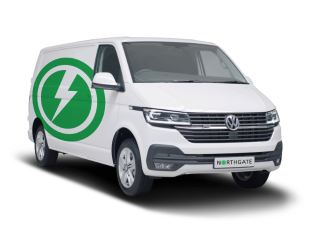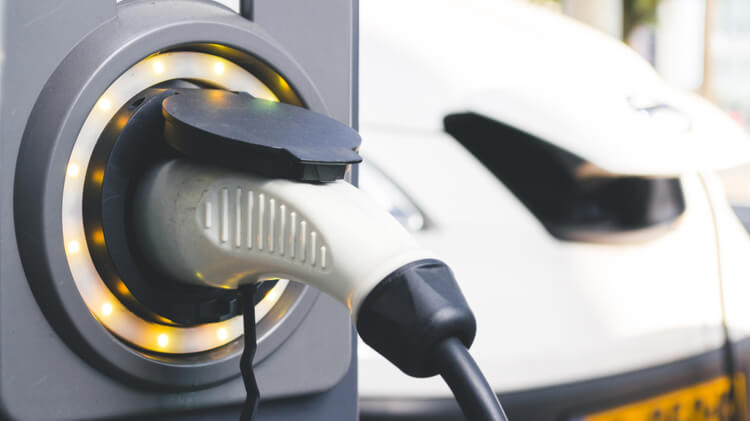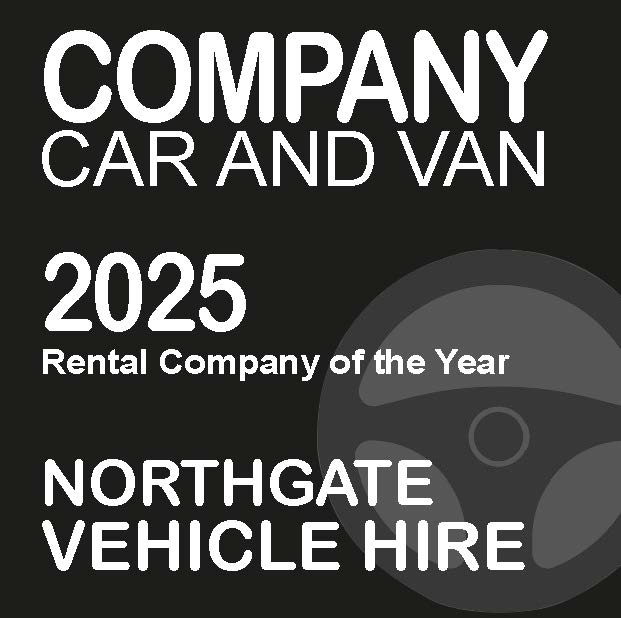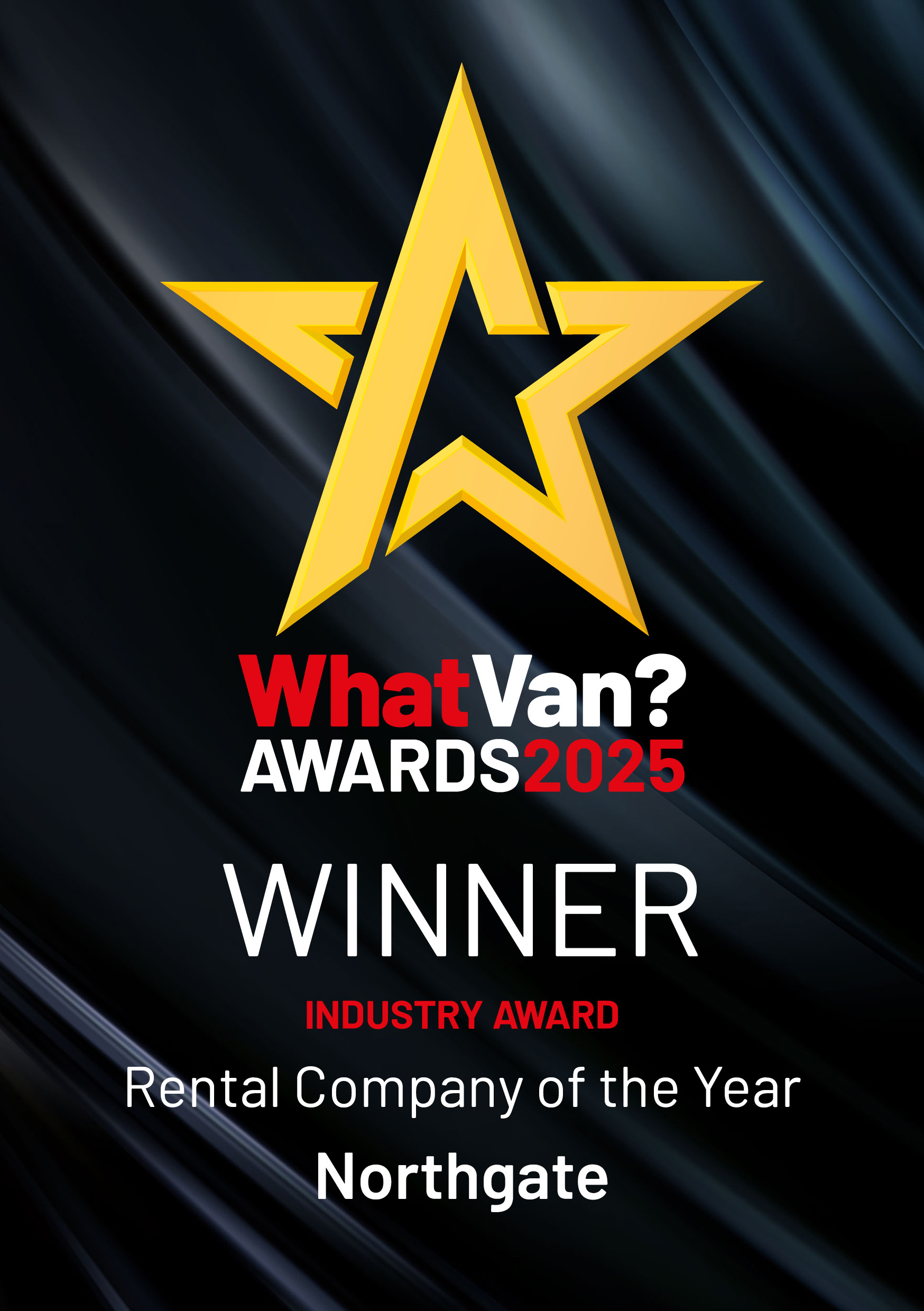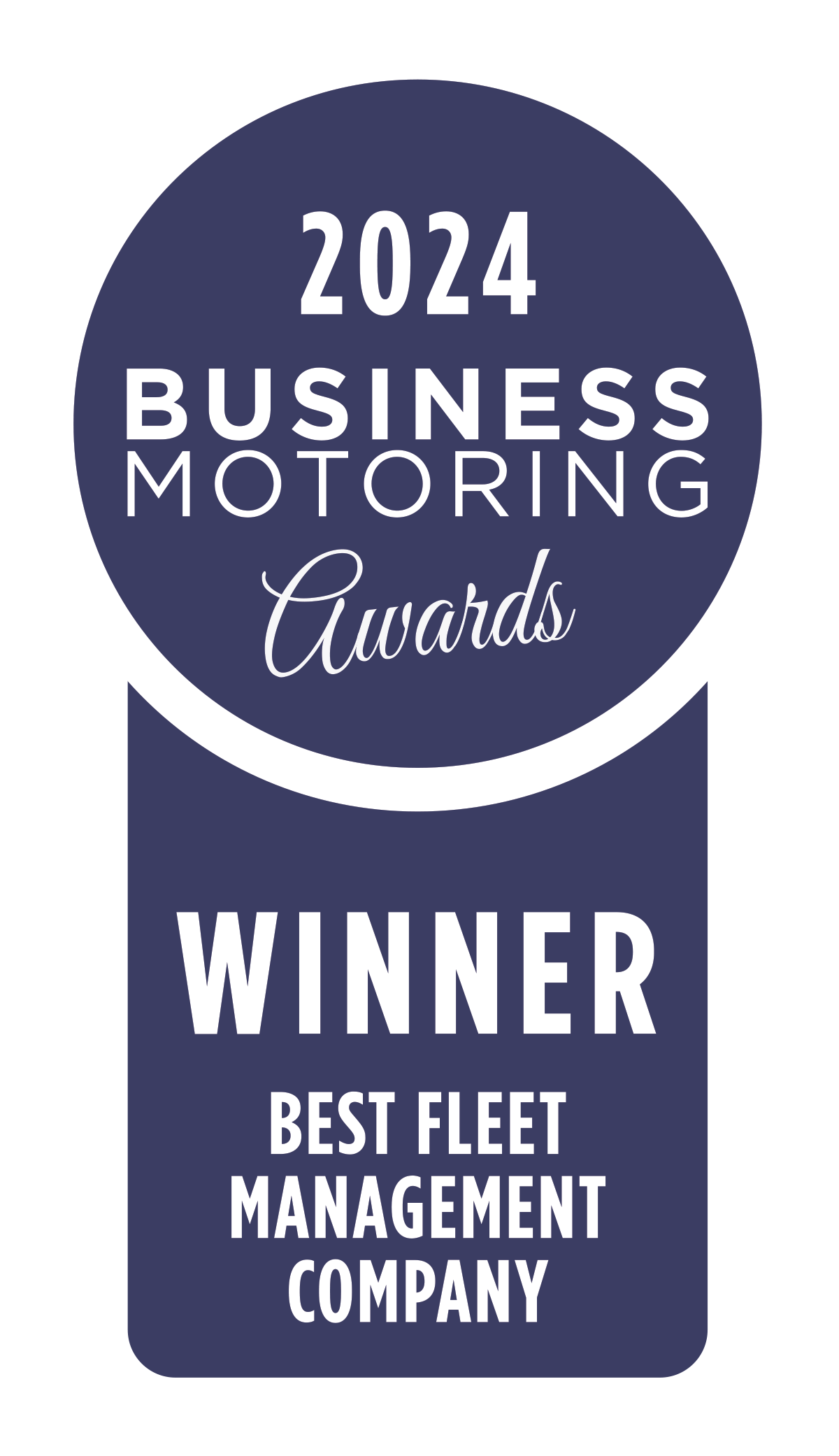What the Transport Decarbonisation plan means for businesses
![]() 30/09/2021
30/09/2021![]() 8 minutes read
8 minutes read
Are you looking for more information on how the Transport Decarbonisation plan will impact your fleet and business? Here’s an explanation of the key points from the plan and the next steps for fleets on transitioning to Electric Vehicles (EV) and Zero-Emission Vehicles (ZEV).
What is the Transportation decarbonisation plan?
The transport decarbonisation plan is being led by the government to reduce Green House Gas (GHG) emissions as part of meeting the 2050 net-zero target.
In the plan is an outline of a strategy to decarbonise all road vehicles and change how we use public transport. For fleets, the 2035 Delivery Plan published alongside the decarbonisation plan will be of particular interest.
The Delivery Plan outlines the government’s commitment to funding, regulations, research and investments in charging infrastructure, and ultimately how they will incentivise the uptake of EVs.
What does the decarbonisation plan mean for light commercial vehicles (LCVs)?
In short, it spells the end of ICE vehicles. The government have made it clear that its aim is for all vehicles to eventually transition to ZEVs.
What constitutes a ZEV is yet to be fully defined by the government, but Battery Electric Vehicles (BEV) will almost certainly meet the standard.
As it stands, the government states that vans weighing up to 3.5 tonnes should be phased out at the same time as cars. This means that new sales of diesel and petrol vans will likely end in 2030.
Further consultation on larger vans and HGVs is expected later this year, but a phase-out date of 2040 or faster will be discussed. What we do know is that government intends to rapidly increase the pace of the transition to ZEVs.
"…What we do know is that government intends to rapidly increase the pace of the transition to ZEVs"
Where will the decarbonisation plan apply to?
The plan will apply to the whole of the UK. With the UK’s exit from the EU, the government now believe they have more control on implementing policies that will see the end of the UK’s contribution to GHG.
In the Delivery Plan, the government mentioned how they will use their COP26 presidency in 2021 as a chance to help build momentum to transition to ZEVs globally.
At a local level, the government reaffirm in the Delivery Plan that they will work with Local Authorities to introduce more CAZs between 2021 and 2023.
When is it happening?
Many elements of the decarbonisation plan have already started. For fleets, one of the main takeaways is that the government have further detailed how they will ready the market for the 2030 ban of new sales of petrol and diesel vehicles.
Zero-Emission Vehicles (ZEV) are planned to replace ICE vehicles. The end of new sales of hybrid vehicles will follow in 2035.
2035 is therefore the end of an era for conventional mainstream motoring. Making the switch to EVs is a question of ‘when’ not ‘should’. The decarbonisation plan shows that government intend to increase the pace of change.
"Making the transition to EVs is a question of ‘when’ not ‘should’."
Why is it happening?
The government’s environmental policies on transport aim to reduce CO2 levels, but they also contribute to improving air quality, noise levels, health and reducing congestion. The Transport Decarbonisation plan will also contribute to thousands of new green jobs.
How will the decarbonisation plan affect fleets that operate LCVs?
In the short term, many of the challenges for fleets looking to transition to EVs will likely remain. E-van development lags behind cars significantly.
We are still at a stage where diesel vans are a more practical option for many businesses. From looking at the suitability of EVs to their costs and availability, it can be difficult for fleets to get a hold of EVs even if they want to.
Many fleets also have questions around using EVs, particularly when it comes to charging them. Having the necessary infrastructure in place, vehicle range, and ways of charging are challenges that will take time to resolve.
However, the government’s plans do show a commitment to speeding up the transition to ZEVs. For some businesses, making the switch is more than feasible; it can come with immediate advantages. We expect that EVs will become increasingly viable for commercial use.
What are the next steps for fleets?
- Assess your EV suitability
At present, many fleets can benefit from assessing whether there are any suitable EVs for their needs. Segmenting your fleet and drivers by those most ready to make the transition is a positive first step. Vehicles that are most suitable for EVs tend to be:
- Smaller vehicles
- Driven along main roads or in built-up areas
- Clocking lower daily mileages
- Used for jobs with natural pauses for charging
ℹ Looking for advice on whether diesel or electric vans are better for your business? Our consultants are on hand > Contact Us
- Consider collecting data
Some fleets may find it useful to collect data on how their vehicles are used. Taking a data-driven approach to electrification can assist you in two key ways:
- Identifying the most suitable EV transition path.
- Helping you to build a strong business case for making the transition.
With data, you can identify vehicles within your fleet with possible EV alternatives. Lower daily mileage vehicles, routes with good public charging point coverage, or any downtime where batteries can be topped up are signs of vehicles with strong potential EV alternatives.
With EVs being cheaper to run and better for the environment, they can be cost-effective and assist you in meeting any CO2 emissions targets.
With telematics, this data can be collected easily and assist you in building an accurate case for making the transition. Larger fleets especially will likely benefit from the ease in which telematics systems enable fleets to gather data on driving patterns and vehicle usage.
- Gather feedback from your drivers
When it comes to gaining buy-in from drivers on adopting EV technology, it can also be worthwhile engaging with your team to gather their feedback. Carrying out EV suitability interviews with your drivers, conducting surveys, or even hosting informal discussions can be used as ways to identify those ready for EVs.
Enthusiastic drivers or those already in possession of home chargers or the ability to install them can make the transition easier – for both you and your drivers. You may find that a mix of public, at the depot, or home charging is the best way to keep your vehicles charged.
Making EV suitability questions a part of your recruitment process could assist you in preparing your workforce for the future.
Should I review the plan as part of my fleet policy?
Coming up with a fleet policy now on how and when you electrify your vehicles will help prepare your fleet for the end of ICE. With rapid technology advancements, and changing government incentives and regulations, any EV policy should be periodically reviewed to ensure it’s current. As we reach the 2030 target, EVs are going to progressively provide advantages to businesses over ICE vehicles.
For example, the costs of EVs are already becoming less of a barrier. With flexible hire, there doesn’t even have to be a large capital investment. Many fleets are finding that when considering the total cost of ownership of ICE vehicles, EVs can be just as cost-effective with their typically lower running costs. Not to mention the environmental benefits that they provide and the positive public of green fleets by customers.
How can Northgate help?
For fleets looking to take the next step in their electrification journey, long-term partners are advantageous in navigating the fast-changing mobility landscape.
Northgate are helping fleets across the UK make the transition to electric. Our EV experts are able to advise on the tasks that E-vans are most suitable for, the most practical EV for your needs, and provide detailed operating cost comparisons between EV and ICE – so that you can identify the best option for your business with confidence.
When it comes to charging, Northgate will work with you and our sister company, ChargedEV, who can advise on and deliver the best commercial or domestic charging infrastructure.
Whether you’re assessing your EV suitability, looking to take the first steps in making the transition, or need premium electric vehicles, we offer a full end-to-end solution to assist fleets through every step of going green.
And because we offer conventionally fuelled vehicles, EVs, and charging infrastructure, we are able to provide unbiased solutions that best suit your needs. Not to mention the flexible hire packages that we offer which can enable your fleet to adapt quickly to future changes and evolving technology.
If you’re looking to explore the benefits of EVs for your business or get a quote on long-term or flexible EVs, our expert fleet consultants are on hand.
Are you looking for more information on making the transition to electric?
Grab your free EV Starter Guide for the definitive source of information on making the transition.
Take the first step toward an all electric fleet
SPEAK TO THE EV TEAM